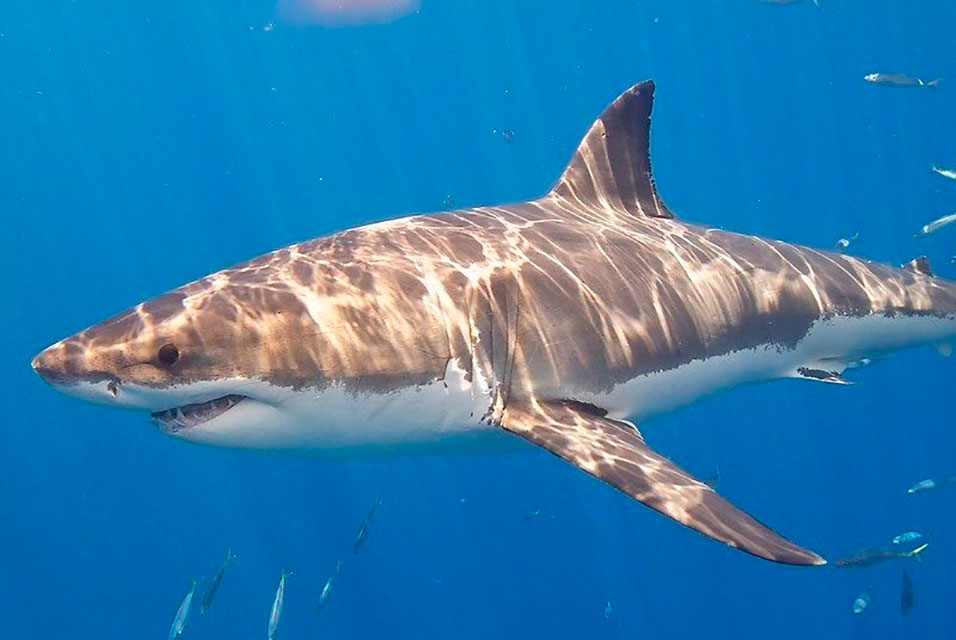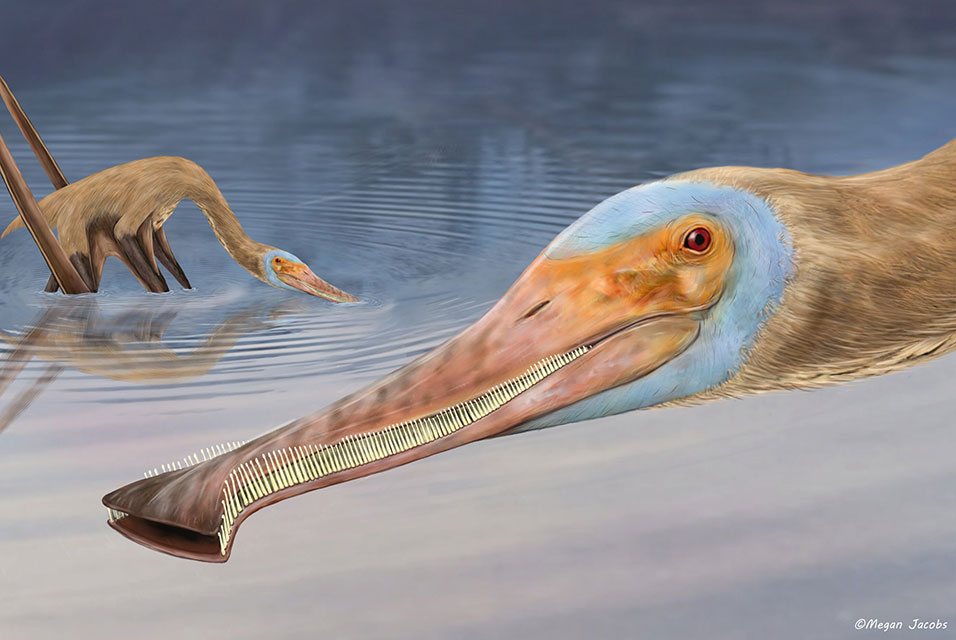BLACKSBURG, VA.- It’s hard out there for a shark.
A critical barometer to the health of ocean ecosystems, shark and ray populations have faced significant global declines from overfishing, habitat loss, and environment degradation. Add to the mix a slow reproductive cycle – female great white sharks take approximately 30 years to reach sexual maturity, for instance – and the broader logistical challenges of trying to monitor animals with ranges that can exceed 10,000 nautical miles, and the task of protecting sharks becomes even more daunting.
But there is some good news for sharks and rays: Researchers from
Virginia Tech's College of Natural Resources and Environment are part of a group of scientists that used temporal and spatial comparisons to reveal that extinction risks can be significantly reduced by having effective fisheries management and policies in place to ensure the survival of these vulnerable species. The results were recently published in the Proceedings of the National Academy of Sciences.
“Our research focuses on a specific suite of coastal sharks and rays, all wide-ranging animals with broad distributions across the Atlantic Ocean,” said Holly Kindsvater, assistant professor in the Department of Fish and Wildlife Conservation and one of the authors of the paper. “That means you’ll see the same species in the coastal waters of North, Central, and South America.”
This distribution pattern provided the research team with the opportunity to study the impact of fisheries management on shark populations. Using decades of data, researchers were able to track shark and ray populations in western Atlantic waters and measure population changes since the U.S. Department of Commerce asked the National Marine Fisheries Service to implement a Fishery Management Plan for Atlantic sharks in 1993.
“It took years of work to gather data on shark populations and fisheries data,” said Nathan Pacoureau, a postdoctoral research fellow at Simon Fraser University in Canada, the paper’s lead author, and a former postdoctoral research associate at Virginia Tech. “From there, the challenge was determining the primary elements to the recovery of sharks in some areas and driving increased extinction risk in others.”
Kindsvater, who was a primary investigator for grants that funded this research, explained that cultivating a robust data set and correlating that to conservation efforts required extensive collaboration between universities around the world, national agencies such as the National Oceanic and Atmospheric Administration, and global research groups, including the International Union for Conservation of Nature’s Shark Specialist Group.
“A central part of my role in this project was to facilitate in the research design,” she said. “We built on the findings of people who are experts in shark and ray ecology – those individuals and groups who did the assessments and compiled the data – and worked to combine and translate their expertise into a scientific comparison that is meaningful and important.”
The findings show a positive trajectory for shark populations where regulations have been put in place, with large species such as the great white, tiger, and great hammerhead shark – which are elsewhere endangered - all showing clear signs of population recovery in northern Atlantic waters.
“You can see it in the data,” said Kindsvater, an affiliate faculty member of the Global Change Center and the Center for Coastal Studies. “Even in places where fishing intensity is high but management exists, the regional status of these endangered species is improving significantly.
Sharks and rays still face challenges: The group’s finding demonstrates that coastal populations in the southern Atlantic remain critically threatened, and the demand for shark meat and fins can provide lucrative livelihoods to fishers, despite international treaties in place to prevent the trade of shark and ray species that are fished unsustainably. Sharks and rays also are caught unintentionally in fisheries for bony fishes: Without robust policy measures, this can significantly reduce their populations.
Still, Pacoureau is careful to not assign fault on specific nations, as conservation of wide-ranging marine species like sharks is a global challenge.
“The aim of our work isn’t to point at specific countries,” said Pacoureau. “Instead, we’re making a general alignment: We now know that we can rebuild populations with better management of fisheries.”
Professor Joel Snodgrass, head of the Department of Fish and Wildlife Conservation, said this collaborative research is critical to the protection of sharks and rays.
“Our marine fisheries are some of the most threatened natural resources, and it will take teams of scientists and conservationists working collaboratively to prevent the extinction of some of the world's more charismatic creatures,” Snodgrass said. “This publication is a great example of such a collaboration, and it gives us hope that our hard work in conservation can make a difference.”
Kindsvater, whose lab at Virginia Tech aims to solve conservation challenges by understanding connections between evolution and ecology of managed or threatened species, is optimistic that management of fisheries has been demonstrated as an effective avenue toward providing protection for endangered species.
“In the milieu of marine conservation, some think it’s hopeless to try to manage shark fisheries, that illegal trade will always exist,” she said. “What this research shows is that it is possible to significantly improve the population health of a species by monitoring and managing fisheries.”










